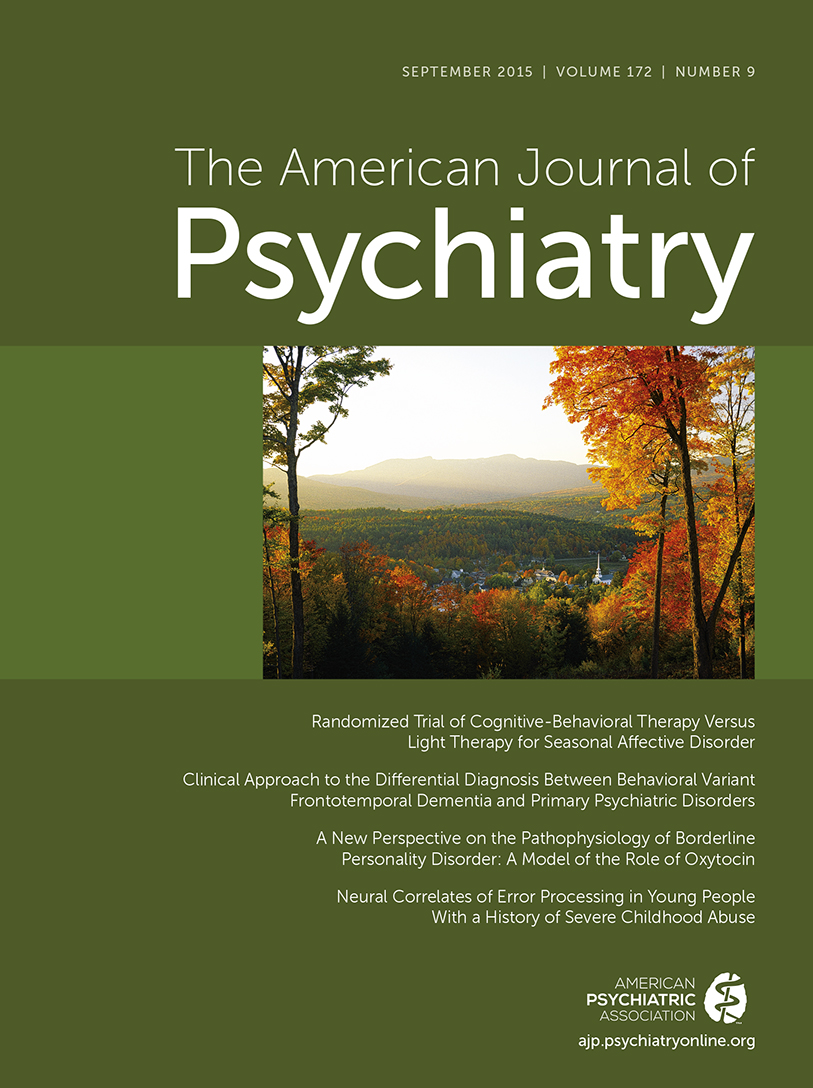Something Gained, Much Lost
To the Editor: The short submission, “Charles Darwin and the Asylum Letters” (1), published in the April 2015 issue of the Journal, highlights the very important agricultural benefits of asylums in previous times. Not only would staff be involved in the growing of food for the patients in the asylums, but working in the asylum garden would serve as an important occupational therapy for patients.
As a youngster, our family lived between an asylum, 1 km to the east, and its farm, 1 km to the west. My school was 2 km to the east, so there were many times when I would “catch a ride” on a hay wagon or a vegetable cart when it was going by our house. Sometimes the male patients would stop in to chat with my father and try to “borrow” a cigarette from him. The female patients would sell their blueberries picked in the fields near the farm to my mother. We were an integrated community. We were a neighborhood. They did not fear us; we did not fear them. The asylum (which everyone called “The Annex”) also supplied fresh vegetables to a much larger facility (“The Provincial Hospital”) in the city.
With deinstitutionalization in the 1970s, these men and women were moved into the community to live in group homes and special care homes (2). A few times I saw some of them in the city, not homeless but not employed. I think that they were happier on the farm. The occupational therapy at the farm was real—they could eat it. They knew that their work at the farm was helping their friends and neighbors. Perhaps much has been gained—but from what I have witnessed, much has been lost.
1 : Charles Darwin and the asylum letters. Am J Psychiatry 2015; 172:321–322Link, Google Scholar
2 : History of the New Brunswick Psychiatric Association: From the Asylum to Brain Imaging. Ottawa, Canadian Psychiatric Association, 2001Google Scholar



